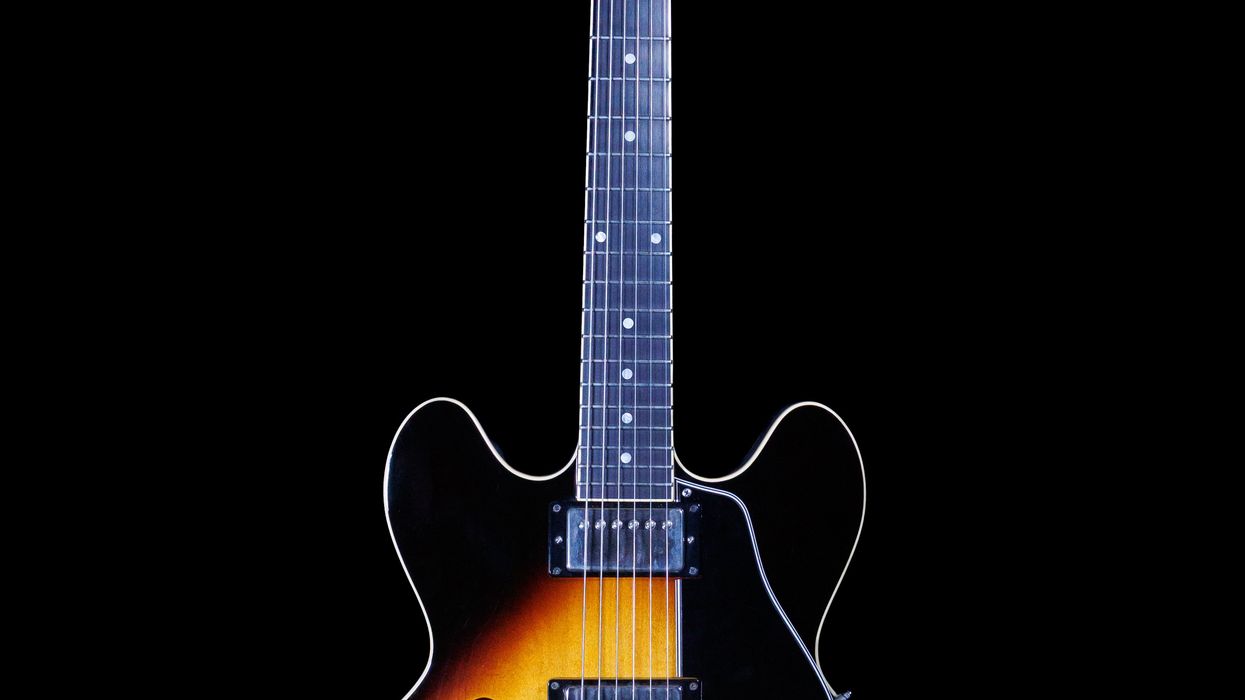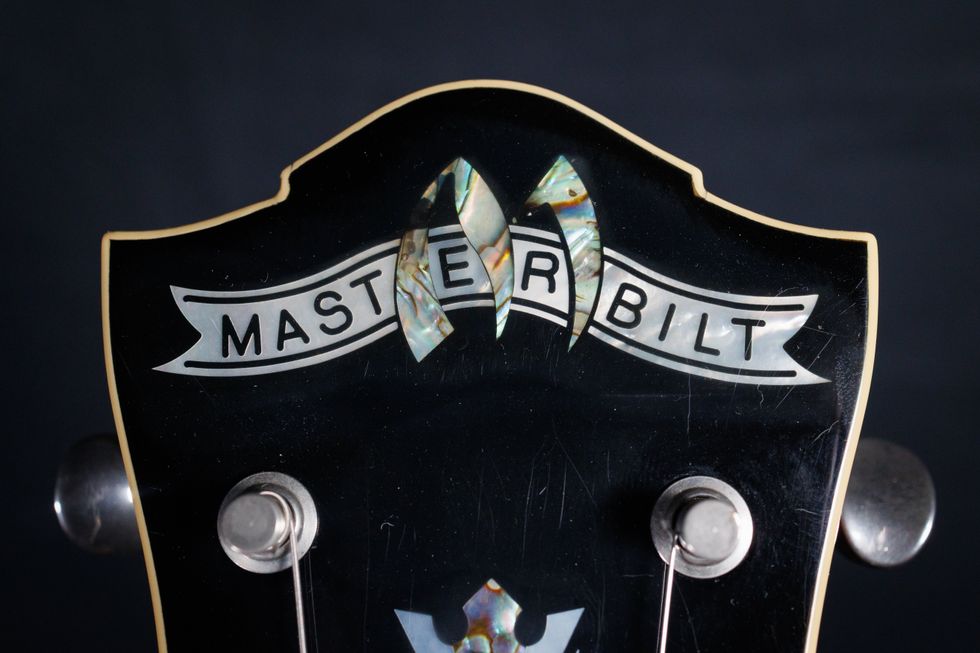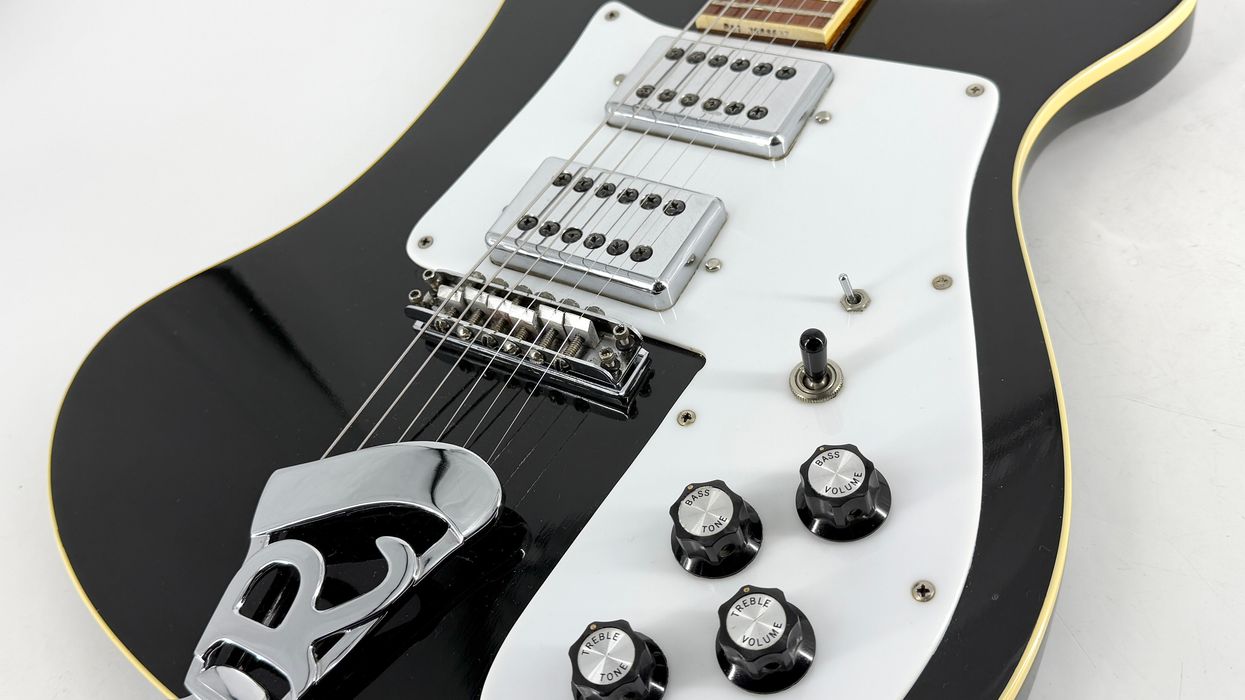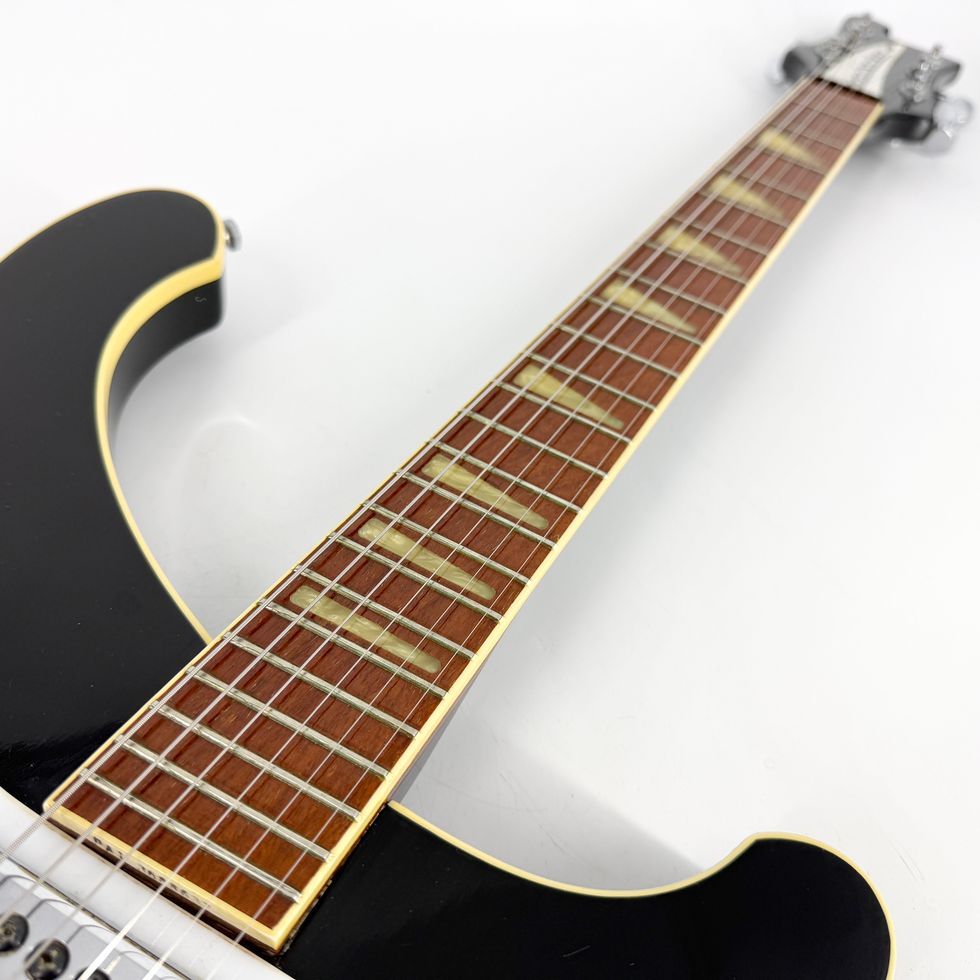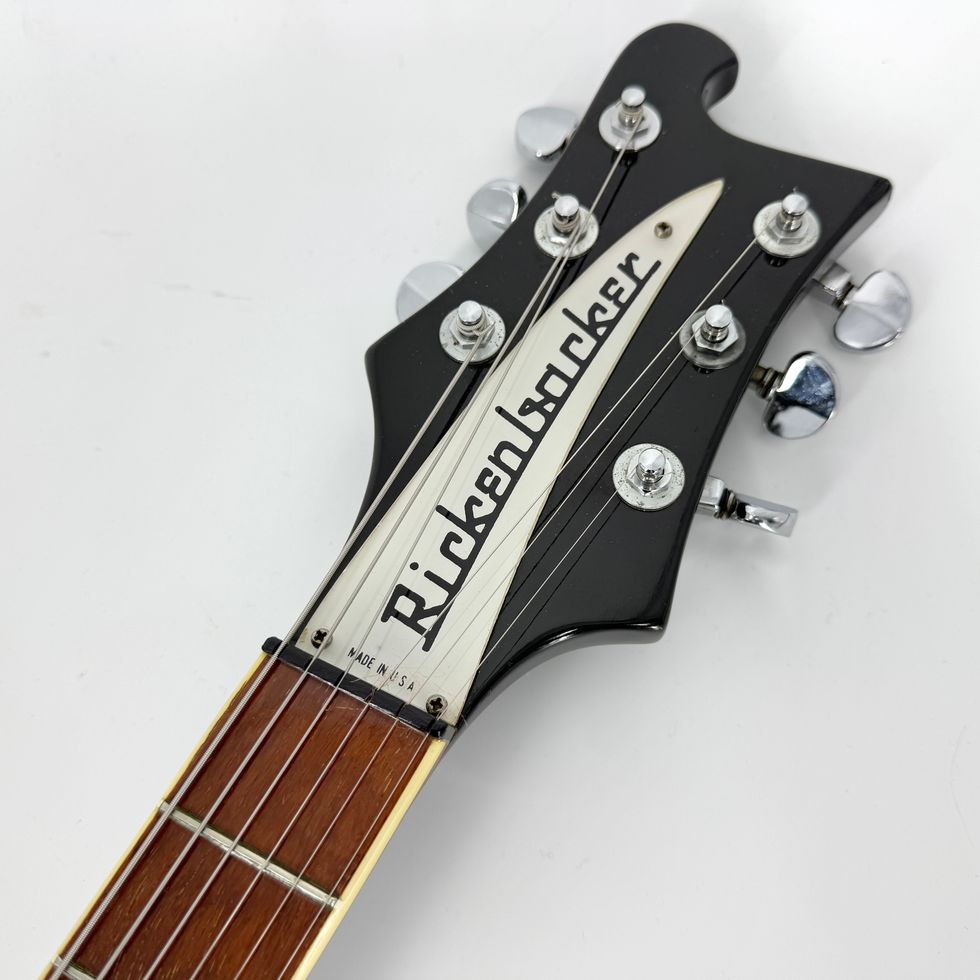Hey guitar ornithologists! Here's a rare bird for you: a 1968 Epiphone E360 TDV Riviera. According to shipping history, only 300 Riviera models left the factory that year, and, of those, only 19 had vibrato tailpieces. So feast your eyes!
I, too, covet this guitar, which carried a hefty-for-the-times price tag of $475 when it was new. Now, vintage Rivieras like this one go for about $4,000. (Out of my price range! LOL!) It's also from the era when Gibson and Epiphone parts were used to make both brands, which means it's got a little extra juice in its veins.
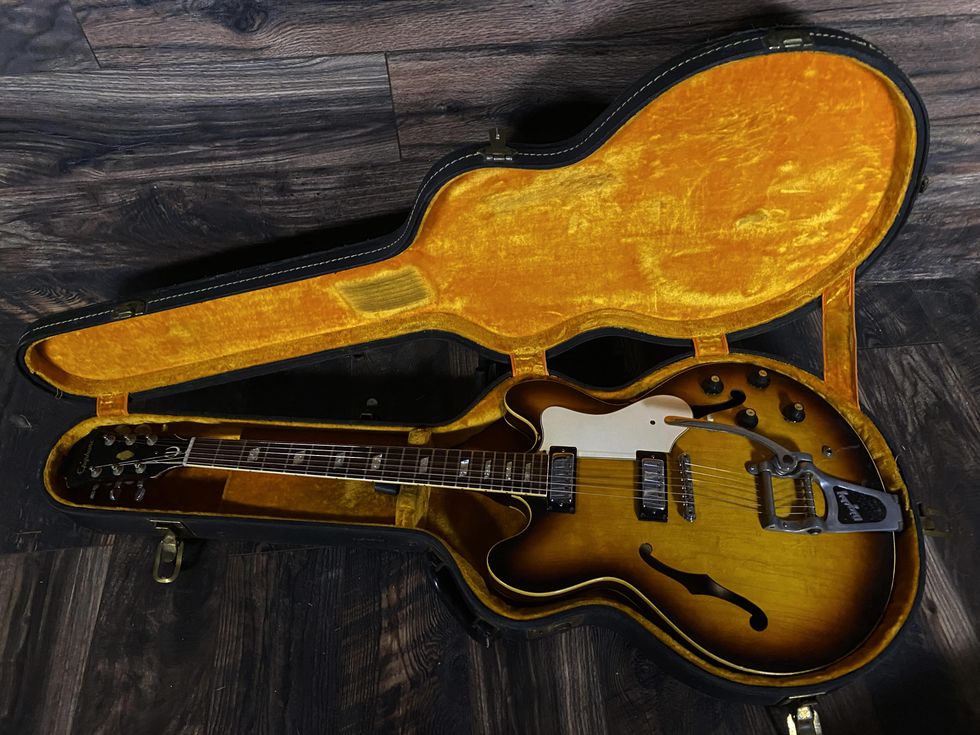
The excellent condition of the original case and the guitar itself speaks to its history as a well-loved instrument. Only 300 Rivieras were made in 1968, and just 19 with Bigsbys.
Except for the closed-back Grover tuners, all of the parts on this classy sunburst E360 TDV are original, and so is its case. The mini-humbuckers and Bigsby tailpiece were options for the Riviera that first became available in 1967, which is why it needed to be special-ordered. Without those appointments, the guitar's price would have settled in closer to $400 at the time.
But before I talk about that, here's a story we heard when this guitar was brought into the shop by the wife and son of its deceased original owner. They explained that this Riviera was special-ordered from a music store in Indiana and used by their husband and father to play gigs from '68 through a good part of the 1970s. In 1975, while loading out of a heated club into Montana's sub-freezing outdoors, the finish immediately weather-checked due to the abrupt temperature change, leaving a striking pattern on the guitar's back that resembles the kind of finger painting Jack Frost does on icy windows. I think that pattern gives this vibey guitar even more character.
In the case of the Riviera and the ES-335, the major differences were in their tailpieces, pickups, and headstocks.
The Riviera began its original production run in 1962, as Epiphone's cheaper answer to Gibson's ES-335 and Epi's own Sheraton. The sunburst finish became standard in 1965, and the original run of Rivieras ended in '69. Famous players who've hefted Rivieras onstage and in the studio include Lenny Kravitz, Stevie Ray Vaughan, Lou Reed, Nick Valensi, and Noel Gallagher.
Now, let's get back to those parts. This month's '68 Riviera, serial number 521820, is among the guitars that collectors sometimes call "Gibson/Epiphones." Here's why: The Chicago Musical Instrument Company, also known as CMI, already owned Gibson when it purchased Epiphone—then Gibson's most direct competitor—in 1957. Along with the purchase came an abundance of unused Epiphone guitar parts, from the company's New York City plant, which were then blended with Gibson parts in Kalamazoo to complete new Epiphone instruments. The use of Gibson parts to make Epiphone guitars continued until 1969, when Epiphone production was moved overseas.
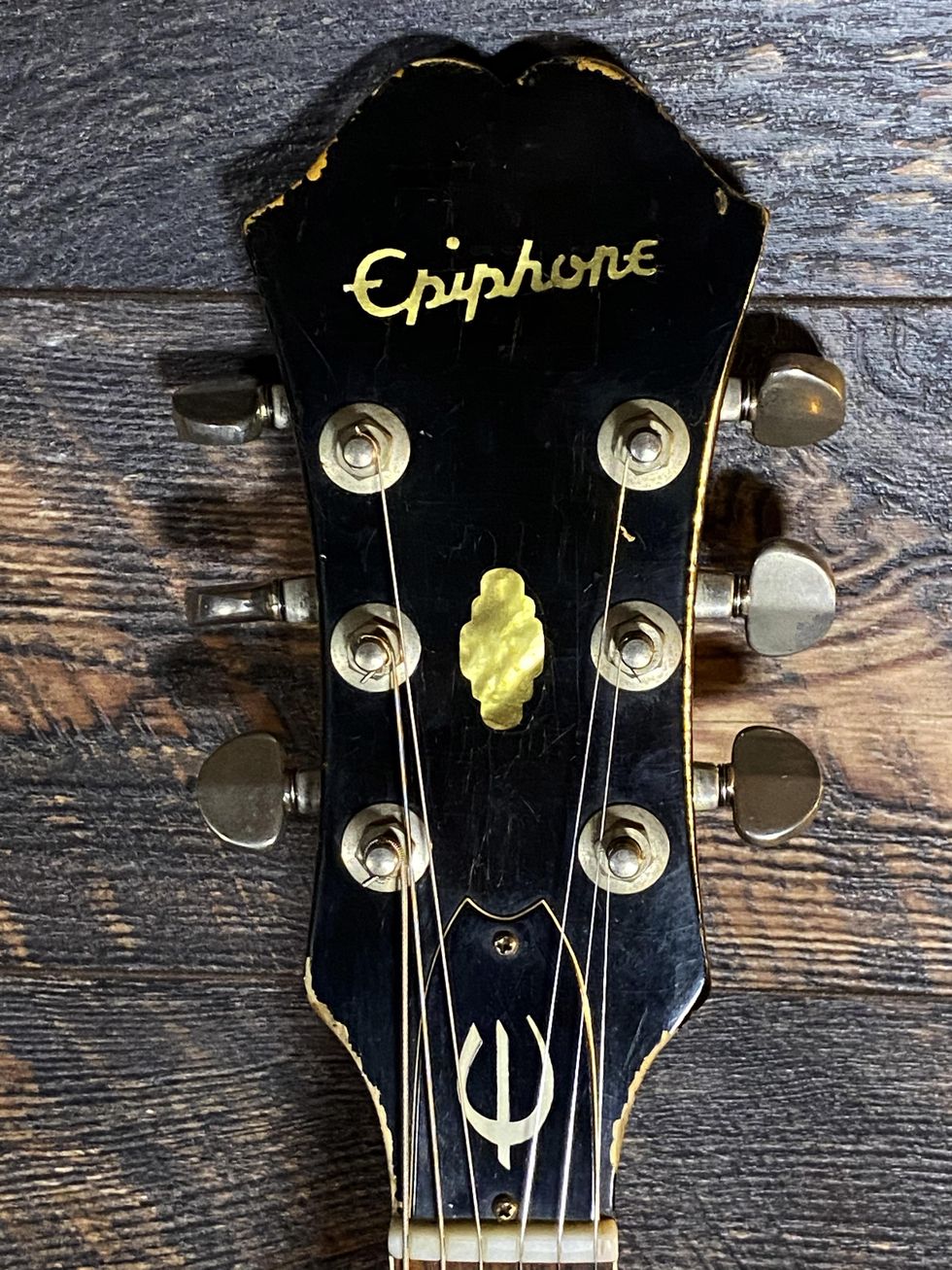
With the production of Epiphone and Gibson models happening side-by-side in the '60s, sometimes the only difference between similar production guitars—like the Riviera and ES-335—was the headstock.
So, Gibsons and Epiphones of that period where literally made side by side, most often with the same materials, finishes, and construction. Sometimes the only real difference was the headstock. In the case of the Riviera and the ES-335, the major differences were in their tailpieces, pickups, and headstocks. Both guitars are semi-hollow with a solid maple center block and solid maple top. On our Riviera, there's binding on the sides and along the fretboard, which has parallelogram inlays. The neck on this Riviera is slimmer than most Gibson/Epiphones from this era that I've played and reminds me of early 1960s Fender Telecasters. This is not a complaint! I like that 24 3/4" scale. The control set is the usual four-dial setup. And with mini-humbuckers, this 6-string is not as dark as most Gibson ES-335s with regular humbuckers that I've played, so the low-mid tone is nicely defined.
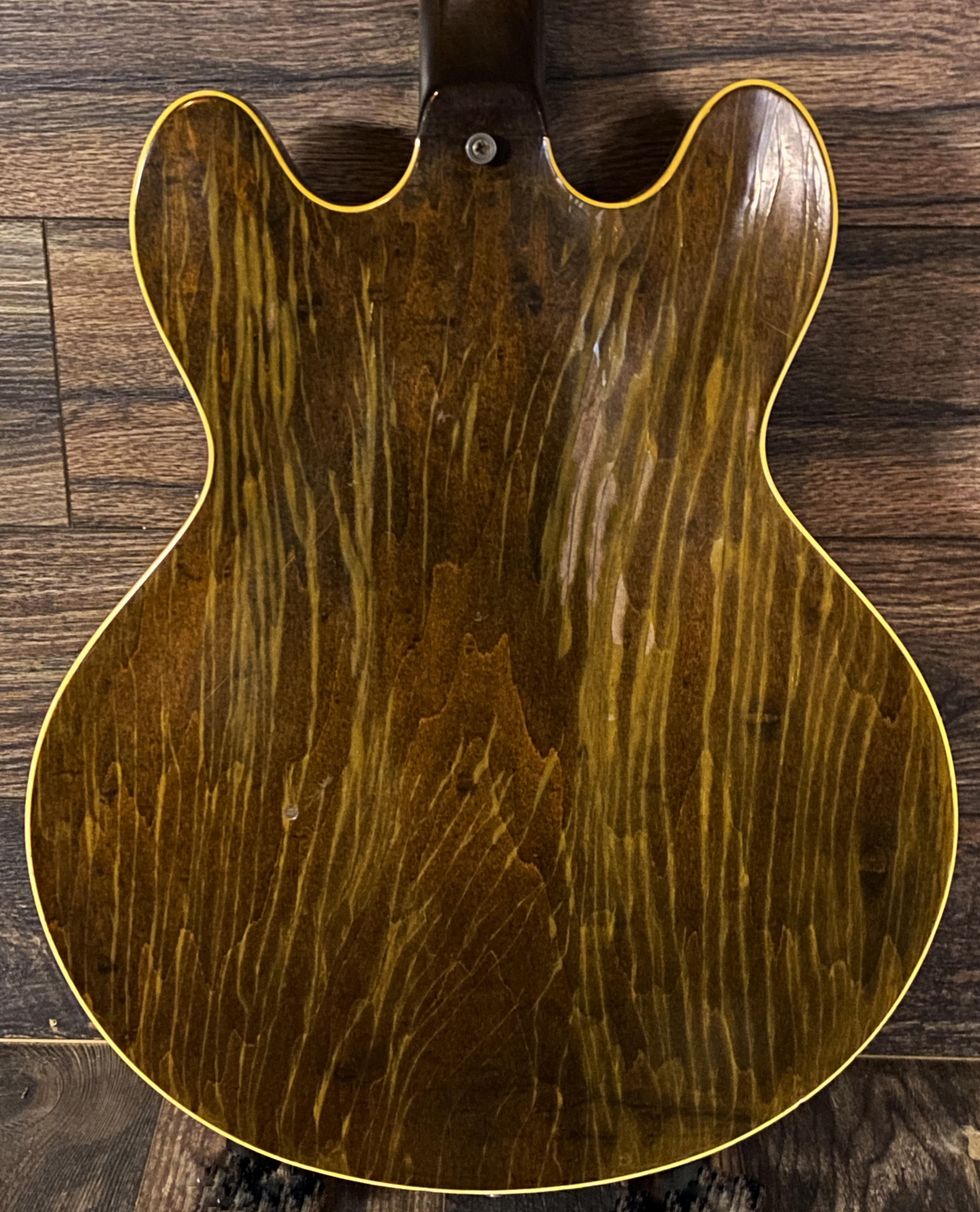
In 1975, the owner of this guitar was loading out of a heated Montana club into sub-freezing temperatures, and the finish immediately weather-checked due to the abrupt temperature change, leaving a striking pattern on the guitar's back.
Let's talk about those mini-humbuckers. The minis that Epiphone created for their jazz/archtop series were introduced to other models once Gibson/CMI acquired the company. With a brighter and clearer sound—kind of between P-90s and humbuckers—this was a sweet option.
I'm a big fan of mini-humbuckers and love the tone they give this Riviera, which was clearly loved. The tobacco burst finish has aged well, and there's just a little wear where the headstock meets the neck from hanging in a cradle mount. That back-side body-finish checking might be a turnoff to cork-sniffers, but I think it really adds to the personality of this instrument. I love, love, love this guitar!


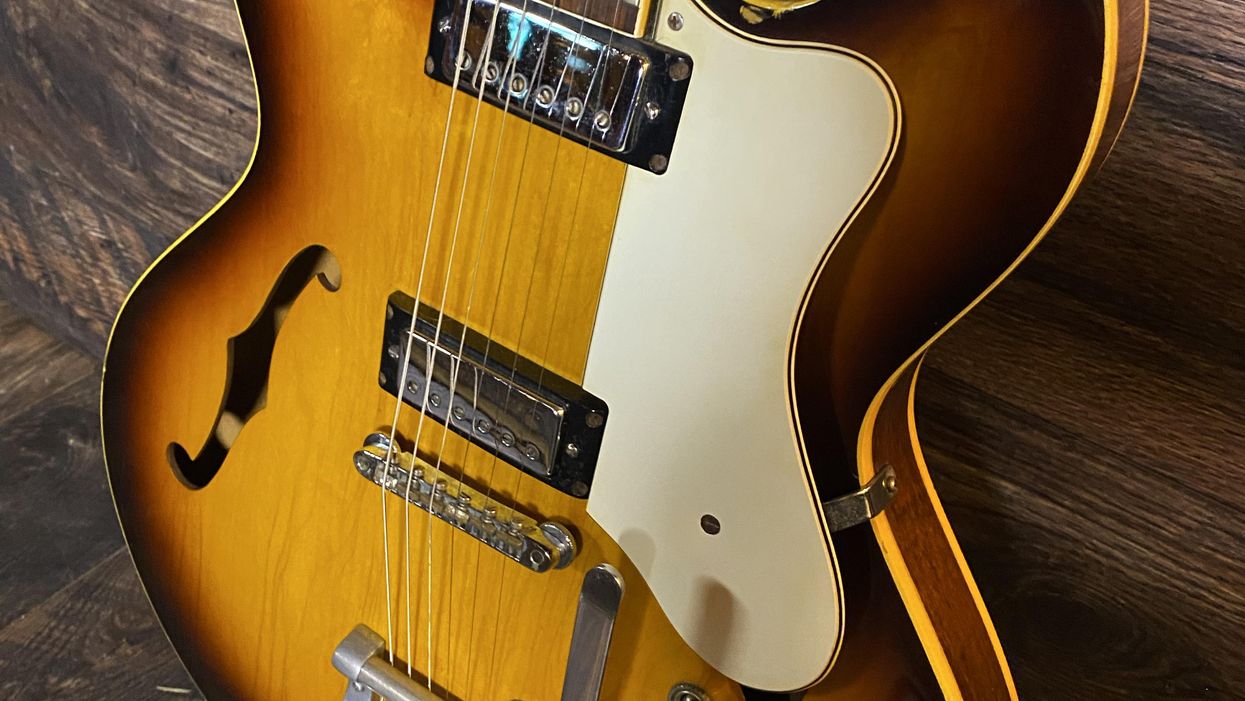

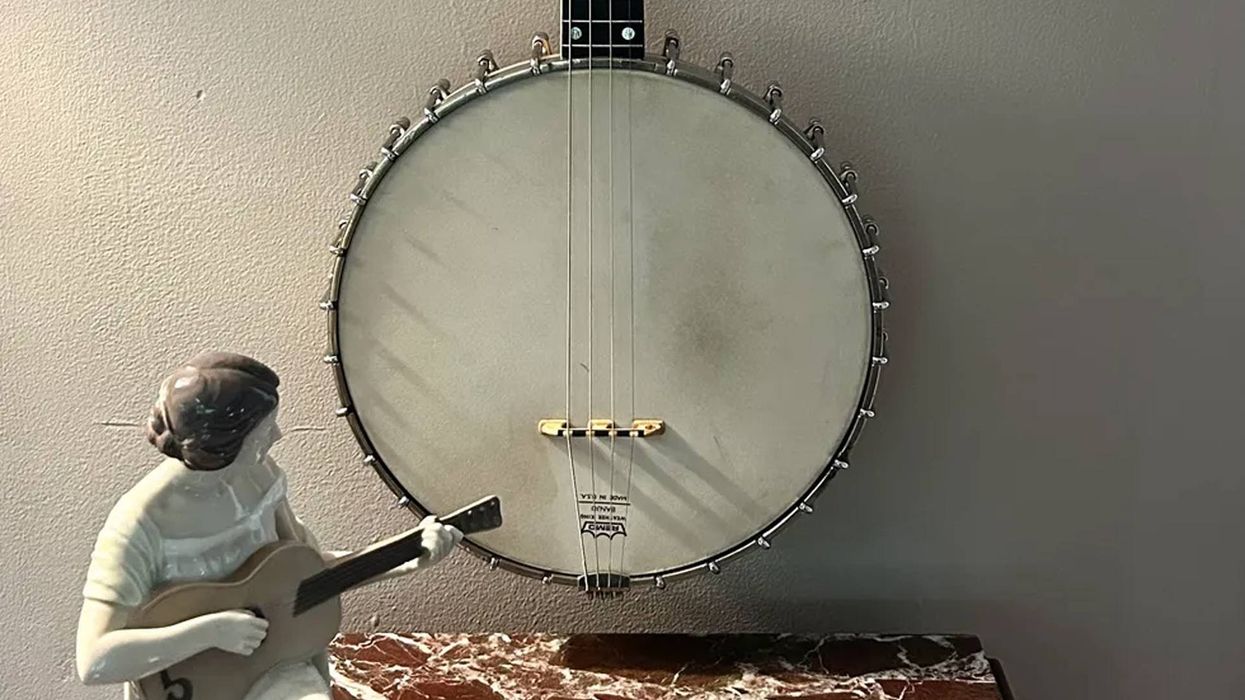
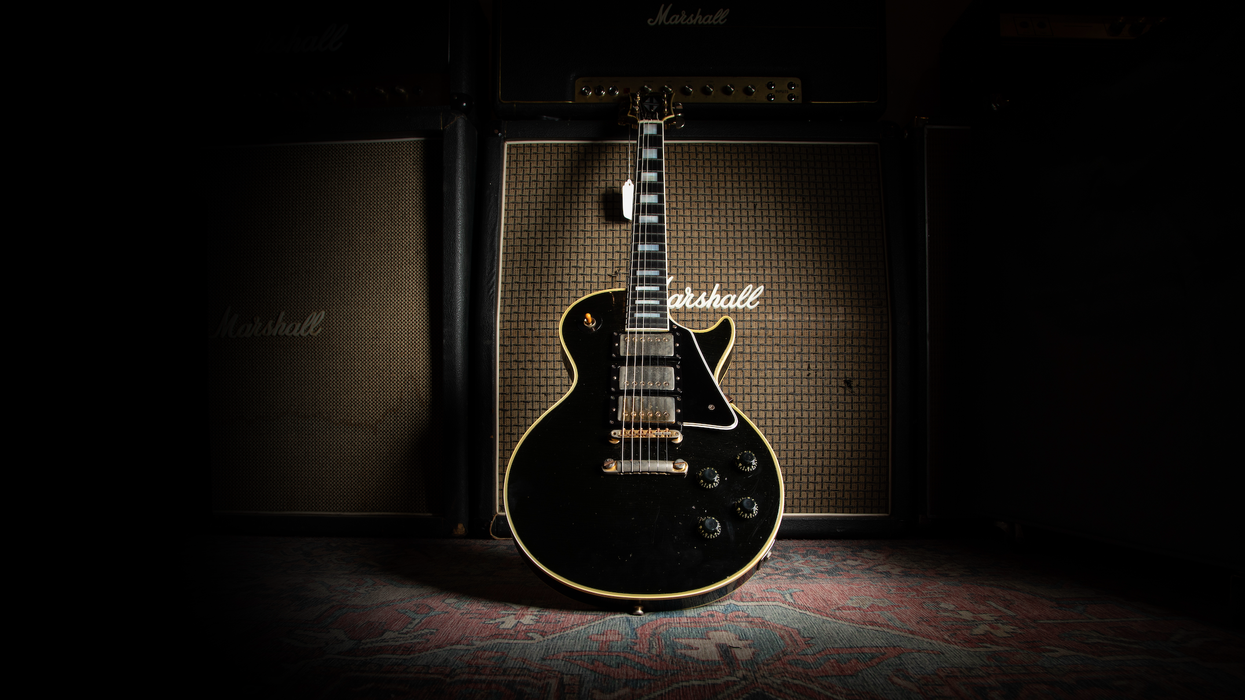
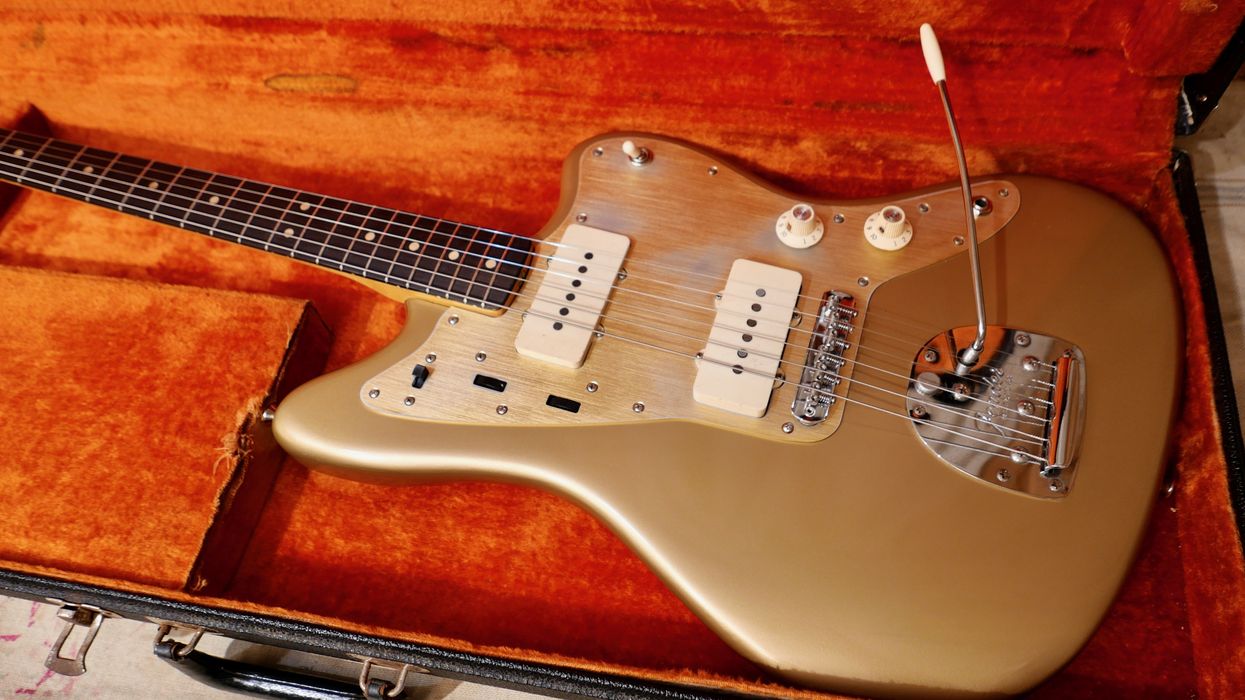
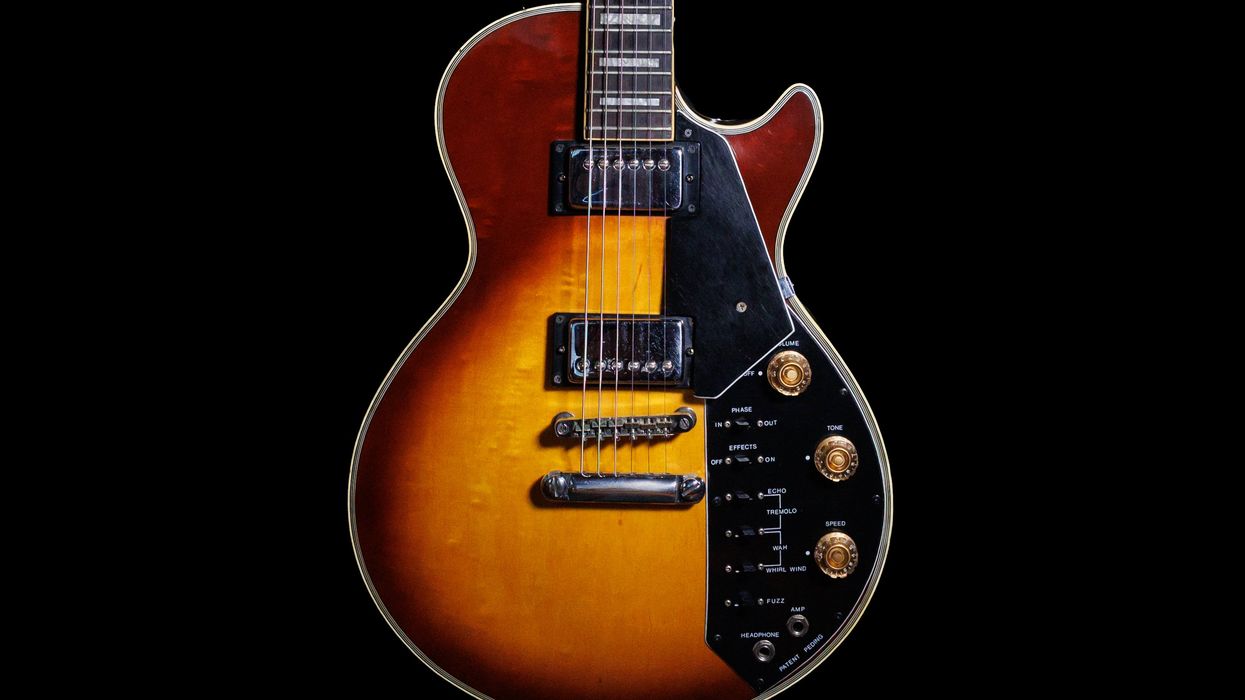





![Rig Rundown: Russian Circles’ Mike Sullivan [2025]](https://www.premierguitar.com/media-library/youtube.jpg?id=62303631&width=1245&height=700&quality=70&coordinates=0%2C0%2C0%2C0)


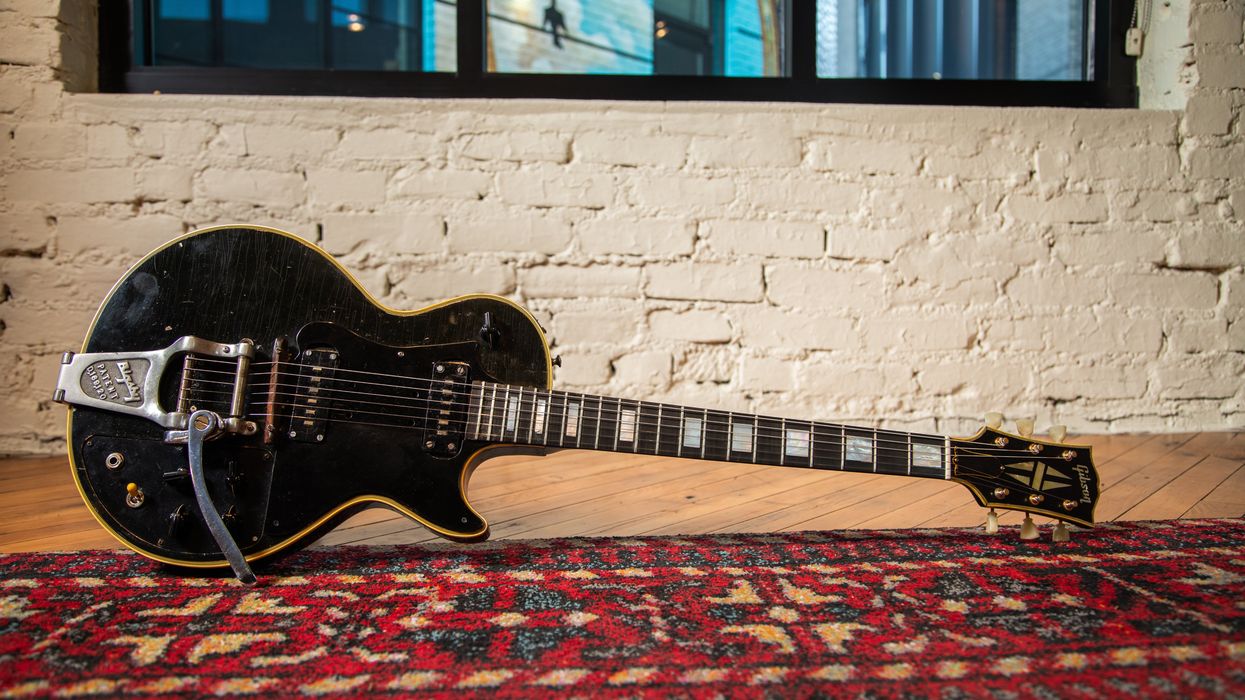
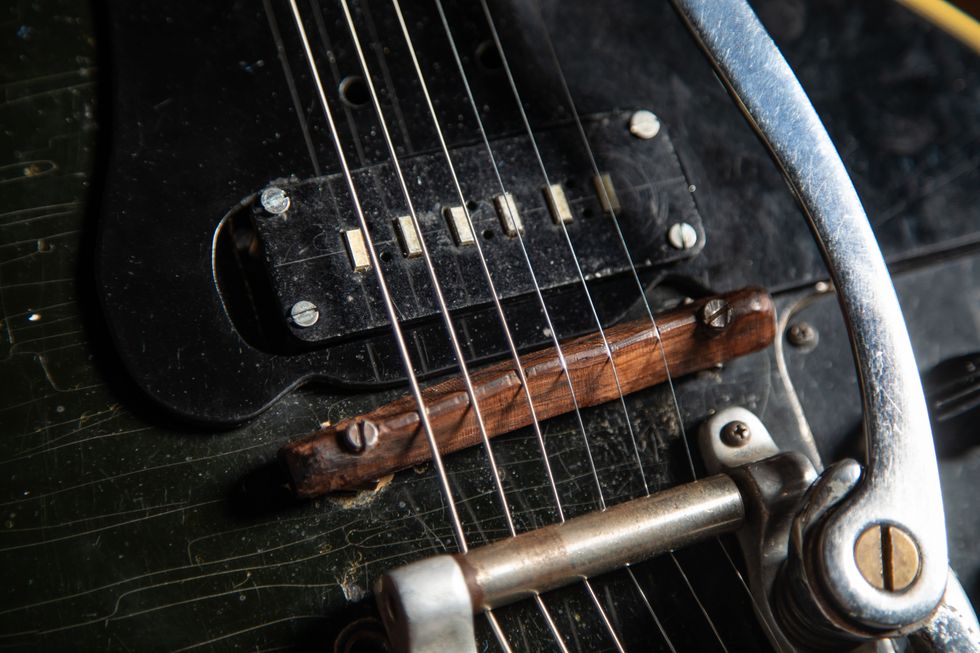
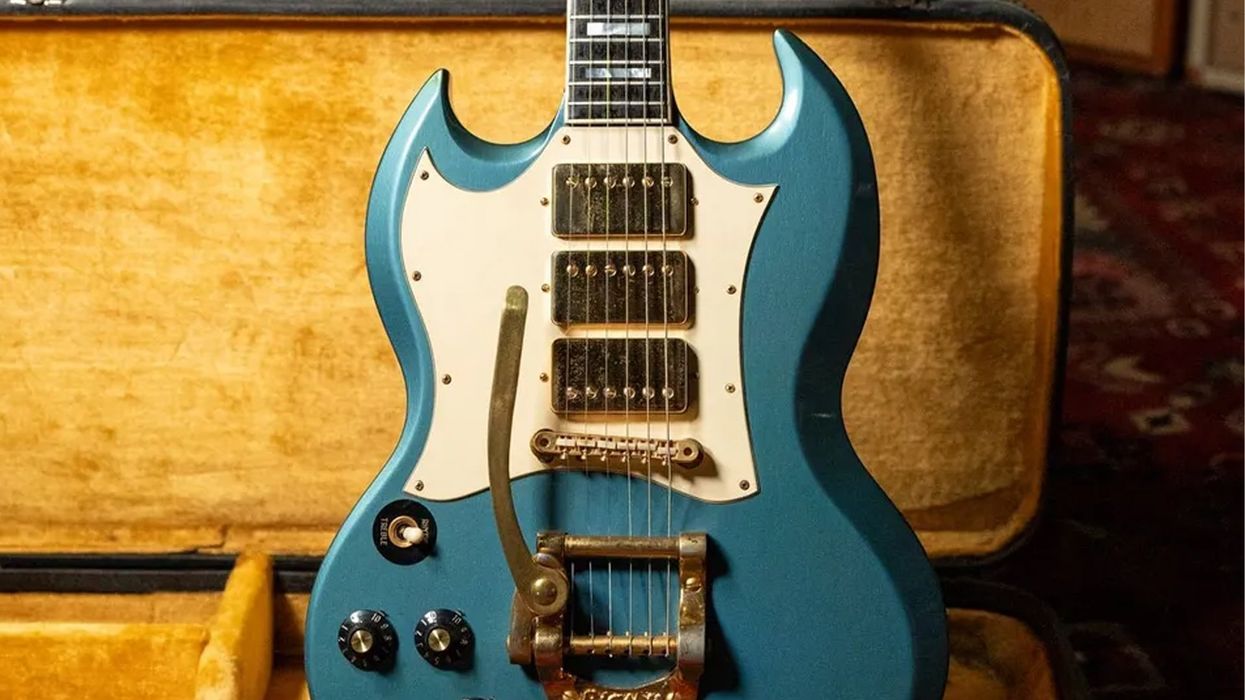
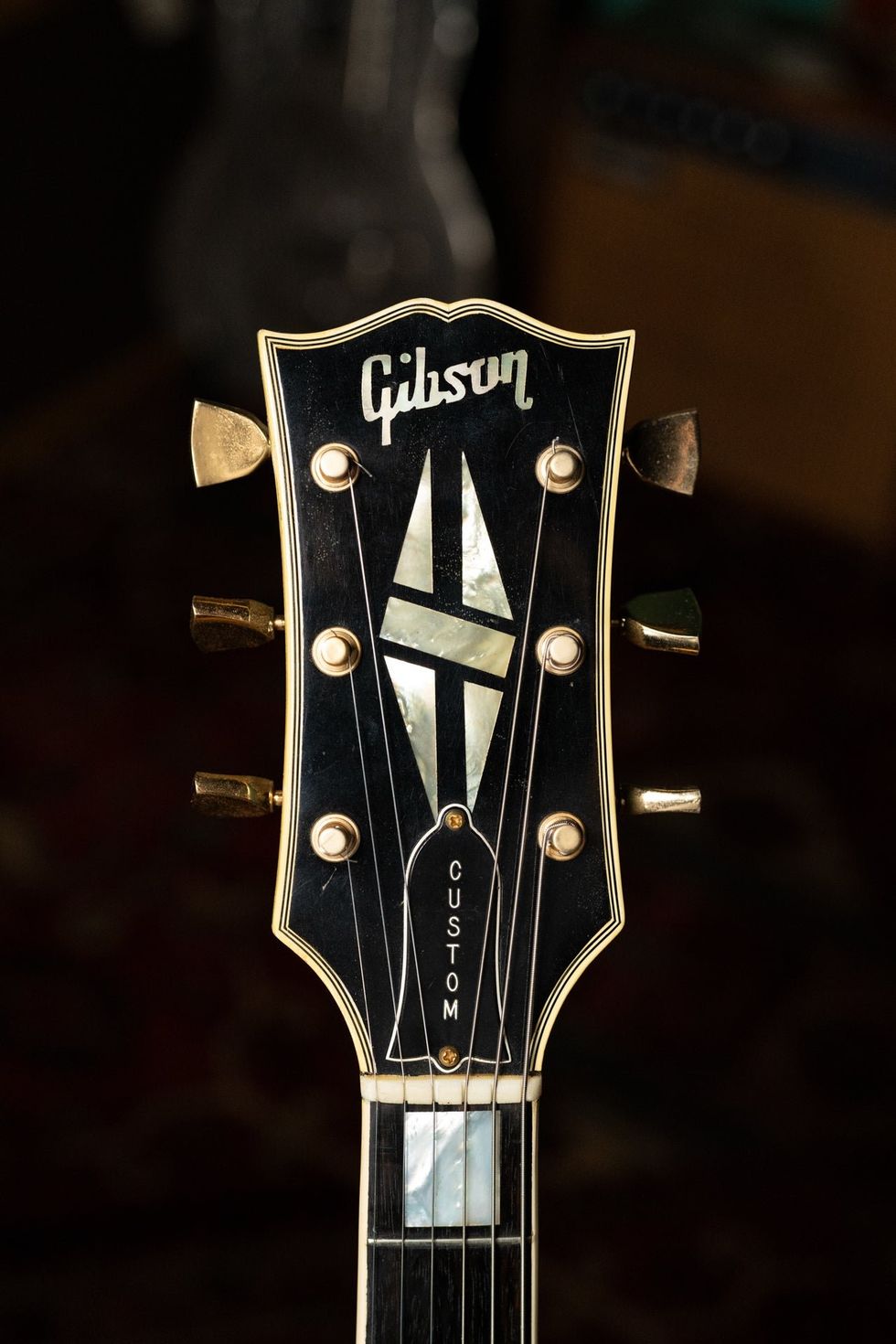
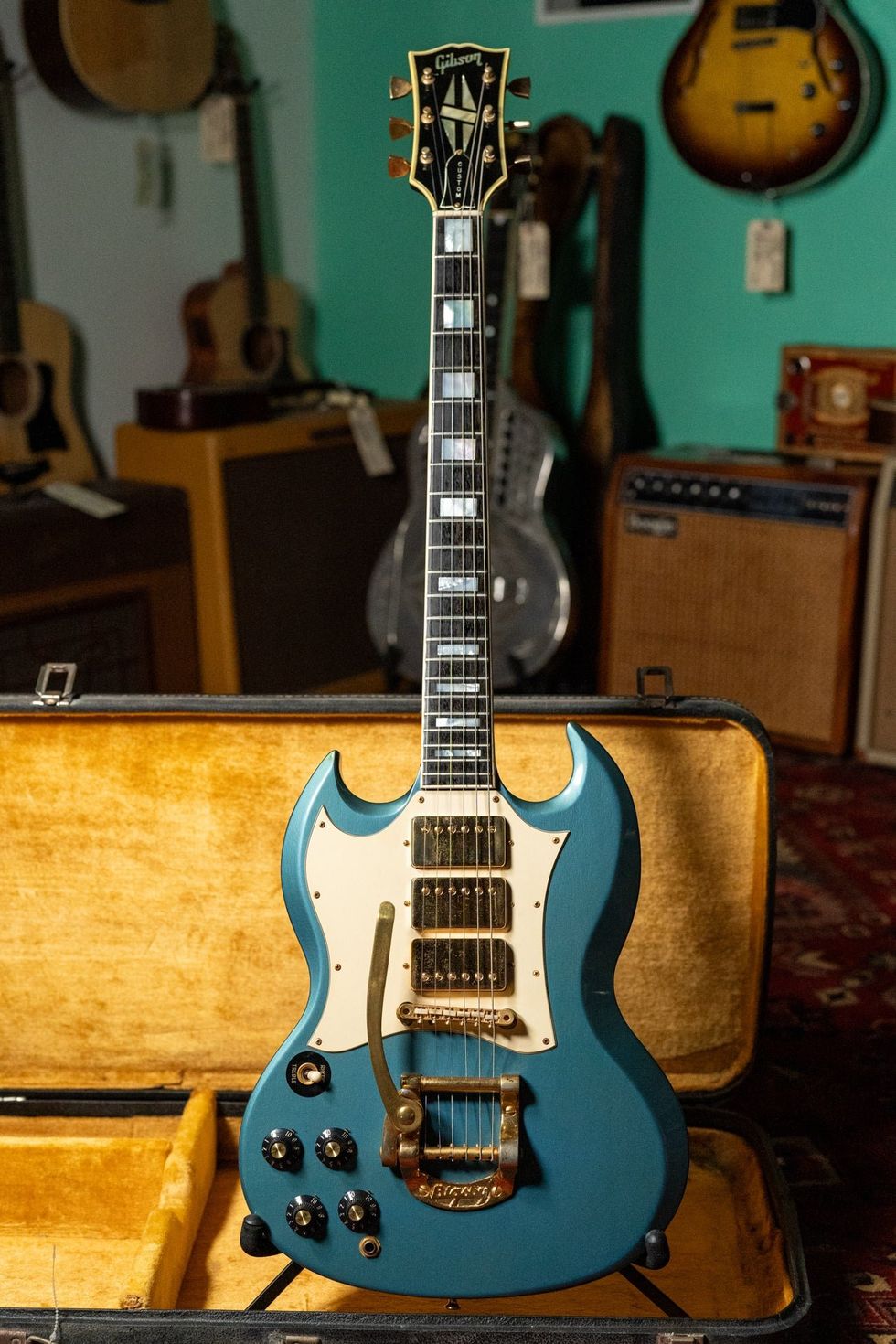 Whether or not Jimi Hendrix actually played this guitar might come down to how lucky its buyer feels.Photo courtesy of Imperial Vintage Guitars Reverb Shop
Whether or not Jimi Hendrix actually played this guitar might come down to how lucky its buyer feels.Photo courtesy of Imperial Vintage Guitars Reverb Shop